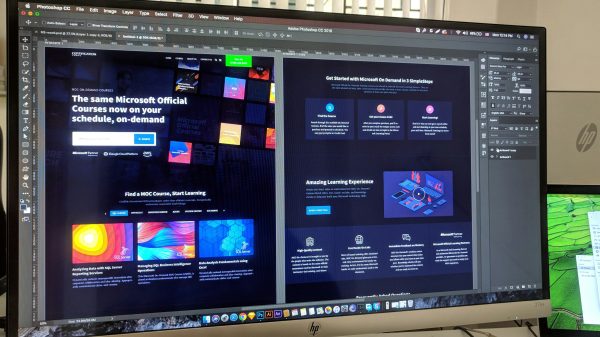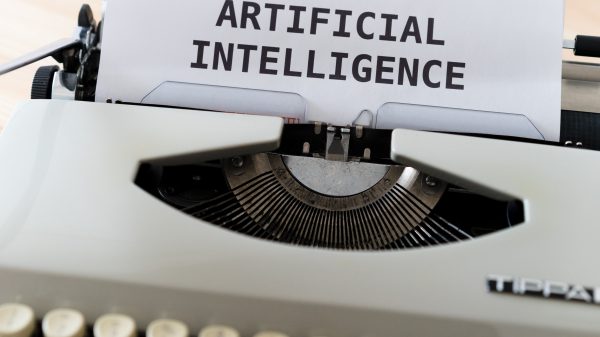Your potential market has expanded due to the global economy, which has leveled the playing field between small and large businesses. However, with so many cultures and languages across the globe, the linguistic barrier poses a bold challenge for many.
Website localization is the process of adjusting your website so that it seems natural to the target audiences, regardless of their location. You can and should localize your website for various markets if you want to expand your business operations there.
While machine translation software is not yet perfect, it can help people translate and localize their content more quickly.The most efficient approach to localizing products is to combine machine and human translation with post-editing. You may visit a translation agency for your website translation needs.
Here are some helpful tips for using translation software when localizing your website.
Active voice

An approach to writing known as the active voice eliminates haziness and ambiguity from the text.
Again, if a person is unsure of the precise meaning of a phrase, then a machine translation engine is going to have a difficult time translating it, particularly if your sentence has more than one possible interpretation.
Take, for instance:
I will never forget the first time I utilized a machine translation engine.
Now, look at this bad example.
My first encounter with a machine translation engine will be remembered forever.
This phrase is ambiguous since it’s not apparent who will always remember utilizing the machine translation engine. It may be you, someone else, or the world in general. Consequently, the term lacks specificity and confuses the reader.
Use definite articles

Try to specify nouns with “the,” as a machine translation engine may have difficulty distinguishing between verbs and nouns.
Numerous short nouns, such as ‘skip,’ ‘bank,’ and ‘lodge,’ can also function as verbs; their use without an article can lead to further confusion. Instruction manuals and user guides tend to omit the definite article.
This is a good example to help you understand this better:
Build the house. Furnish the house. Use the house to live in it.
And a bad one:
Build house. Furnish house. Use house to live in it.
Prepare the source text

The machine translation system fails to secure the great majority of the context that you possess as a human translator. Instead, it will translate only what it sees.
Therefore, if there’s an improper word, it will be translated into the target language and will make no sense. In fact, this would be identical to the original language, but a human eye will detect the error and determine the correct word.
Despite this, you should always use a spellchecker, regardless of whether you are using machine translation or not. The same applies to punctuation. A missed comma can alter the meaning of a statement; hence, the translation will be altered.
Be concise
Use concise language. This is why MT is usually more effective with technical texts than with marketing materials. Long phrases with numerous subordinate clauses may be challenging for the MT system to translate.
So, try to maintain terminology consistency. Again, this is something that appears more frequently in technical writing.
If you repeatedly alter the terminology, the system will be unable to determine which phrase should be used on each occasion, and you will have to perform additional post-editing work to fix the errors.
Quality expectations
The results of machine translation are not always accurate or reliable. You can’t just dump in all of your content and hope that the quality of the final product will satisfy all of your requirements at once.
Before you begin working with MT, you need to have a clear idea of the outcomes you anticipate achieving with the various kinds of content you intend to translate.

Not only will it aid you in the MT evaluation process, but it will also help you measure the effectiveness of your MT program while helping you keep costs, quality, and timeframes under control.
Setting quality expectations from the very beginning of the process will help. You will need to make sure that your MT assessors and linguists are aware of these standards in a clear and concise manner.
This assists with eliminating bias and prevents preferred or unnecessary alterations to the output of the MT, both of which could potentially increase the post-edit distance and skew efficiency metrics.
Never use machine translation without first conducting a thorough content analysis. Make a base that includes all of the different sorts of information you have and the expectations you have for each.
Final words
Localization requires inputs from designers, developers, marketers, and translators, among others. Luckily, machine translation can reduce the time required to translate from the source language to the target language, allowing your team to publish content more quickly.
However, to make these processes go without many issues, you have to be prepared. So, go through our mini-guide one more time before you start using machine translation for your localization efforts.































